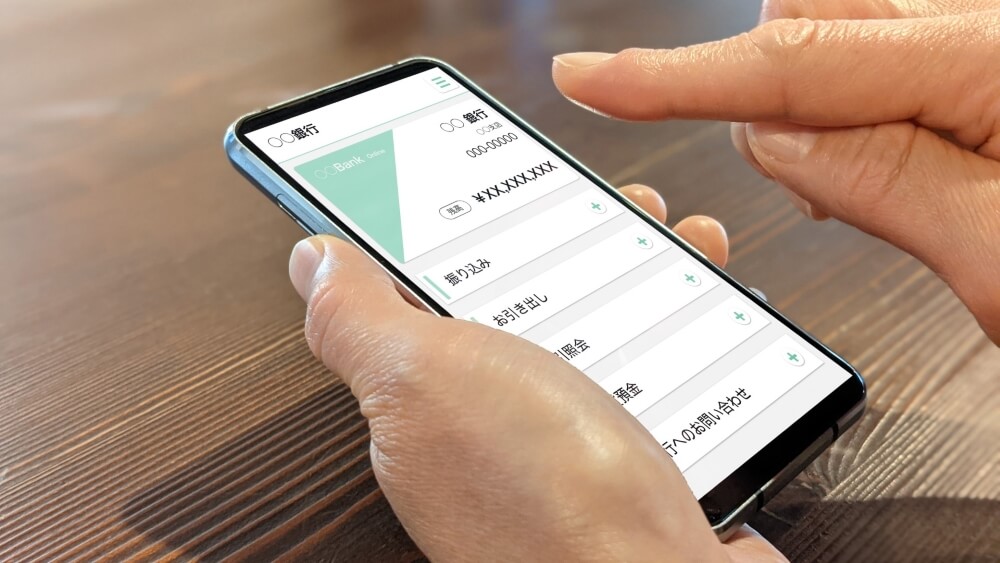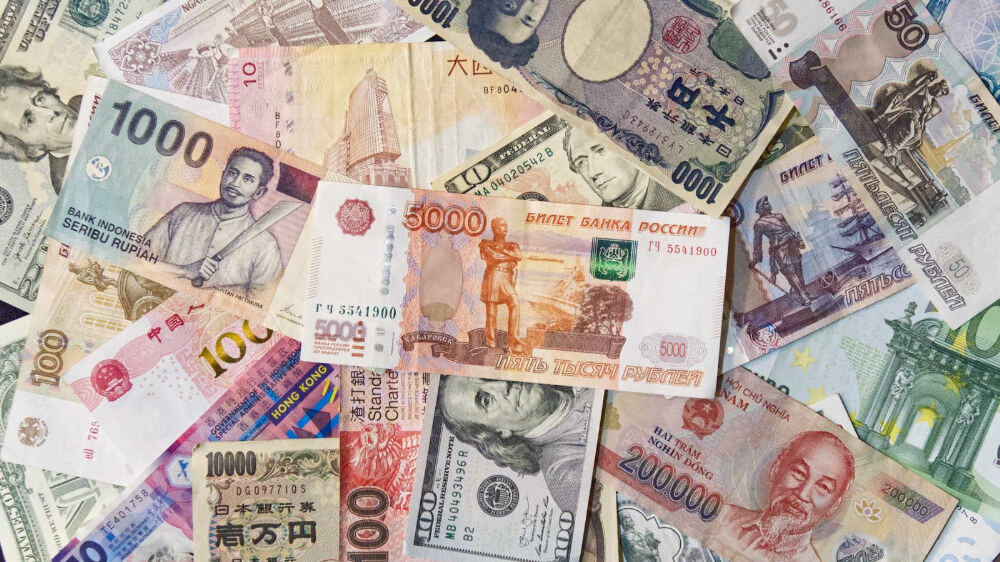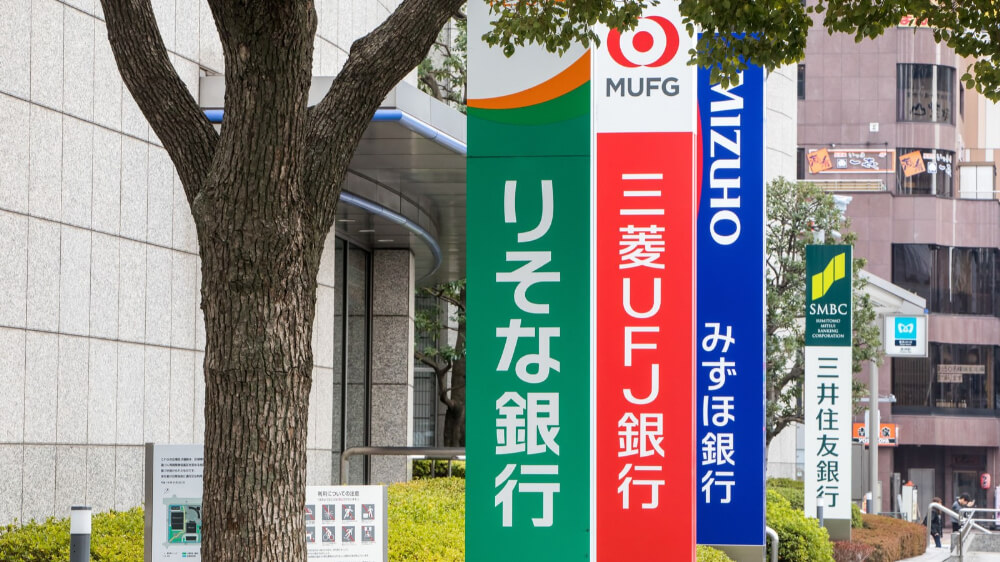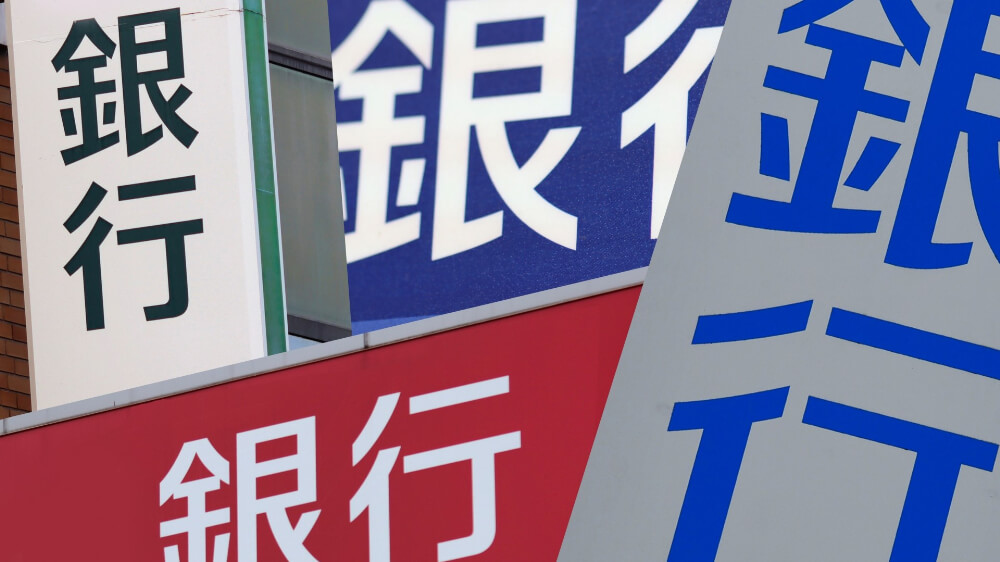For foreigners moving to Japan, opening a bank account is an essential step in their daily life. In this article, we provide a guide for foreigners to choose the right bank and smoothly proceed with the account opening process.
*This information is as of March 2024. Although we attempt to provide accurate information, the information on this website may contain inaccuracies or errors. Please check the official website for accurate and the latest information.
Benefits of Opening Bank Account in Japan
Owning a bank account enhances convenience in daily life in Japan. Firstly, a bank account is often required for receiving salaries, public subsidies, and other payments. Additionally, it enables automatic payments for utilities and rent through direct debit. Furthermore, with a bank account in Japan, you can make deposits and withdrawals 24/7 without worrying about exchange fees.
In modern times, there are many online banks and banking service apps available, allowing payment and money management even without having a local bank account. However, since some contracts and purchases may require a local bank account, it is highly advisable to open at least one account if you plan to live in Japan long-term.
Guide to Opening a Bank Account for Foreigners

Here is the general information that foreigners should know when opening a bank account in Japan.
Conditions for Opening an Account
Foreigners wishing to open an account may be subject to specific conditions. While the exact conditions vary depending on the bank, generally, you can open an account with just two conditions:
Required Documents
The required documents vary depending on the bank and where you apply. Below are the documents commonly required, but be sure to check the official websites of the recommended banks before applying for an account.
Documents usually required
- Zairyu card (Residence card) or Special Permanent Resident Certificate
- ID with photo: My Number Card, Japanese driver’s license, passport, etc.
- Japanese phone number
Documents may be required
- Jumin-hyo (Certificate of residence) : Issued by the municipal office. Required by some banks.
- Student ID or proof of employment: Required by some banks for those who have not resided for 6 months.
- Hanko (Seal): While essential for Japanese citizens opening an account, normally a signature is accepted for foreigners.
Steps for Opening an Account
The process of opening a bank account generally involves the following steps:
Applying Online
- Applying: Go to the app or website, select a desired account and enter the necessary personal information.
- Identity verification: Upload the specified identity verification documents designated by the bank, such as a residence card or My Number card, or verify your identity using the camera function on your smartphone.
- Examination: The bank will start the examination process based on the submitted information and documents.
- Card delivery: It usually takes approximately 1 to 2 weeks from the start of the review process for the card to arrive.
- Initial setup: Follow the instructions from the bank for activation, setting usage limits, setting passwords, etc. Once logged into the system, you can start using the account immediately.
Applying at The Bank
- Visit the bank: Once you have all the necessary documents, go directly to the bank where you want to open an account. Appointments are usually not required.
- Applying: Fill out the application form with the required information and submit it at the counter.
- Application process: Choose an account and the options, and submit the necessary documents.
- Card collection: The cash card, which is necessary for cash withdrawals, may be issued on the spot or sent by mail at a later date.
Banking Services in Japan

Banking services in Japan may differ from those in other countries. Below is a general guide of banking services in Japan.
Business Hours
- Bank opening hours: Weekdays from 9:00 a.m. to 3:00 p.m.
- Online banking: 24/7
- ATM services: 24/7
Bank Fees
- Account maintenance fee: Typically free, but a small fees might be applied for accounts unused for multiple years or falling below a certain balance.
- Transfer fees: Varies significantly depending on whether it’s within the same bank or to a different bank, and whether conducted online or at a counter. Online transfers within the same bank are usually free, while transfers to other banks may range from around 200 yen to 800 yen.
- ATM withdrawal fees: Usually free for using your own bank’s ATMs. Withdrawals from convenience stores or other banks’ ATMs typically range from 100 to 300 yen, with some banks offering a certain number of free withdrawals per month.
- Exchange fees: Exchanging in major currencies tends to be cheaper than less traded currencies. Banking service apps for currency exchange are generally much cheaper than major banks.
- Overseas remittance fees: Banks charge around 3,000 to 4,000 yen, while banking service apps typically charge nothing or only a little. Additional costs such as lifting charges for transfers in the same currency and intermediary bank fees may also apply, adding a few thousand yen more to the cost.
Types of Accounts
While names and types may vary by bank, most banks offer the following types of accounts:
- Futsu-yokin kouza (current account): The most popular account type in Japan. It allows deposits and withdrawals anytime, making it suitable for managing living expenses, receiving salaries, etc.
- Teiki-yokin kouza (Term deposit account): Offers a higher interest rate than futsu-yokin but restricts withdrawals within a fixed period. However, as interest rates are very low in Japan, not many people opt for term deposits. Some banks offer a “Sogo acconunt” combining both futsu-yokin and teiki-yokin accounts.
- Gaika-yokin kouza (Foreign currency account): Used for saving foreign currencies. It allows for the remitting of foreign currency abroad or receiving foreign currency directly from overseas.
Recommended Banks

Recommended Banks for Foreigners
Prestia SMBC Trust Bank
A bank inherited from Citibank, it offers comprehensive support for foreigners and provides services tailored for affluent clients. Advantages include free overseas remittances and currency exchange fees for premium members, as well as dedicated consultants available in English.
| Account maintenance fee | 2,200 yen /month *Free for accounts with balance over 500,000 yen |
| Transfer fee | (within the same bank) Online: Free, ATM: Free, Branch: 330 yen (to other banks) Online: 264 yen, ATM: 110-330 yen, Branch: 880 yen |
| ATM withdrawal | Sumitomo Mitsui Bank ATMs: Free Other banks: 110-330 yen |
| Exchange fee | Major currencies: 1 yen |
| Overseas remittance fee | Online: 3,500 yen, Branch: 7,000 yen |
| Official Website | https://www.smbctb.co.jp/en/ |
SBI Shinsei Bank
It is a bank with a good reputation, known for providing convenient services for foreigners and Japanese who often go abroad. Lower fees compared to other banks are a big advantage.
| Account maintenance fee | Free |
| Transfer fee | (within the same bank) Online: Free, Branch: 529 yen (to other banks) Online: Free up to once /month, then 214 yen Branch: 529 yen |
| ATM withdrawal | Convenience stores: Free up to 5 times /month, then 110 yen Other banks: 110 yen |
| Exchange fee | USD: 0.15 yen, EUR: 0.4 yen, GBP: 0.6 yen, AUD: 0.2 yen |
| Overseas remittance fee | Yen-denominated accounts: 2,000 yen Foreign currency-denominated accounts: 4,000 yen |
| Official Website | https://www.sbishinseibank.co.jp/english/ |
Japan Post Bank
Operated by Japan Post, this bank sees 70% of Japanese residents holding accounts with them. Its major advantage is the convenience of having over 20,000 branches nationwide. While English-speaking staff may not be abundant in local branches, they provide online information in multiple languages.
| Account maintenance fee | Free |
| Transfer fee | (within the same bank) Online: Free, ATM: 100 yen, Branch: 146 yen (to other banks) Online: 165 yen, ATM: 220-440 yen, Branch: 660-880 yen |
| ATM withdrawal | Japan Post Bank: Free Convenience stores: 220-330 yen Other banks: 110-220 yen |
| Exchange fee | Less than 50,000 yen: 550 yen More than 50,000 yen: 770 yen |
| Overseas remittance fee | Online: 3,000 yen, Branch: 7,500 yen |
| Official Website | https://www.jp-bank.japanpost.jp/en_index.html |
Recommended Online Banks
Sony Bank
Sony Bank is notable for its exceptional customer satisfaction among numerous online banks. Being part of the Sony Group, the bank earns high levels of trust. One of the benefits of choosing this bank is its extensive array of services related to foreign currency deposits.
| Account maintenance fee | Free |
| Transfer fee | (within the same bank) Free (to other banks) Free up to once /month, then 110 yen |
| ATM withdrawal | Convenience stores and Other banks: Free up to 4 times /month, then 110 yen |
| Exchange fee | USD: 0.15 yen, EUR: 0.15 yen, GBP: 0.45 yen, AUD: 0.45 yen |
| Overseas remittance fee | 3,000 yen |
| Official Website | https://moneykit.net/en/ |
Rakuten Bank
This bank is operated by the Rakuten Group, which provides a range of services in Japan, such as Rakuten Market, Rakuten Travel, and Rakuten Mobile. The company offers a system where the more you use their services, the greater your overall savings.
| Account maintenance fee | Free |
| Transfer fee | (within the same bank) Free (to other banks) 145 yen |
| ATM withdrawal | Convenience stores and Other banks: 220-275 yen |
| Exchange fee | USD: 0.25 yen, EUR: 0.25 yen, GBP: 0.45 yen, AUD: 0.45 yen |
| Overseas remittance fee | 750 yen |
| Official Website | https://www.rakuten-bank.co.jp/english/ |
Banking service apps
In modern society, the use of banking service apps has become popular, replacing the need for opening bank accounts or exchanging cash. This is not only convenient for overseas travel but also for living abroad. Especially in foreign currency exchange and overseas remittances, it is possible to significantly reduce fees compared to conventional banks. However, the terms of use may vary depending on the country where the account is created, so please check the official websites for accurate information.
Revolut
While Revolut may not have gained widespread recognition in Japan, accounts created abroad can be used in Japan too. Since it takes 6 months to open a bank account in Japan, it is recommended to use such banking service apps. With almost negligible remittance and exchange fees, it is also convenient for transferring money after opening a bank account.
| Account maintenance fee | Free |
| Transfer fee | Free up to once /month or up to 100,000 yen, then 2 % |
| ATM withdrawal | Free up to 25,000 yen, then 2 % |
| Exchange fee | (During NY forex market trading hours) Free up to 750,000 yen /month, then 0.5% (Outside of NY forex market trading hours) 1% up to 750,000 yen /month, then 1.5% |
| Overseas remittance fee | Free, but intermediary bank fees may apply |
| Official Website | https://www.revolut.com/en-JP/ |
Wise
Established a few years before Revolut, Wise remains popular. While there are small transfer fees, there are some advantages compared to Revolut such as the ability to create business accounts and free exchanging fees.
| Account maintenance fee | Free |
| Transfer fee | 200 yen |
| ATM withdrawal | Free up to 200 GBP + 2 times /month, then 1.75 % |
| Exchange fee | Free |
| Overseas remittance fee | 0.43% |
| Official Website | https://wise.com/ |
Opening a bank account is an important step for foreigners who have just moved to Japan. Refer to this guide to understand the conditions, procedures, and options, and find the bank that suits you best.


